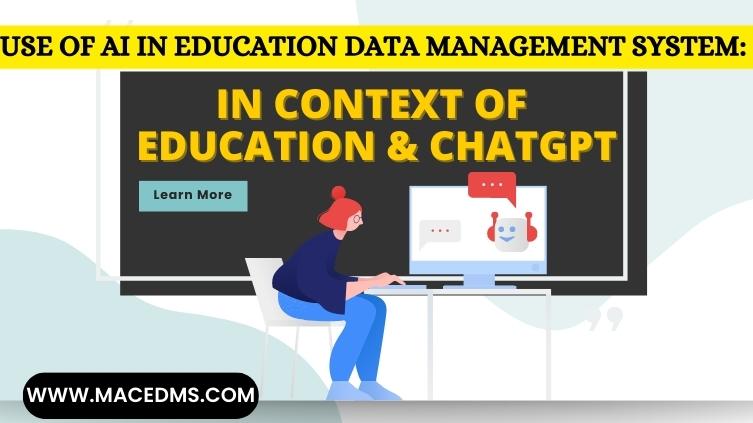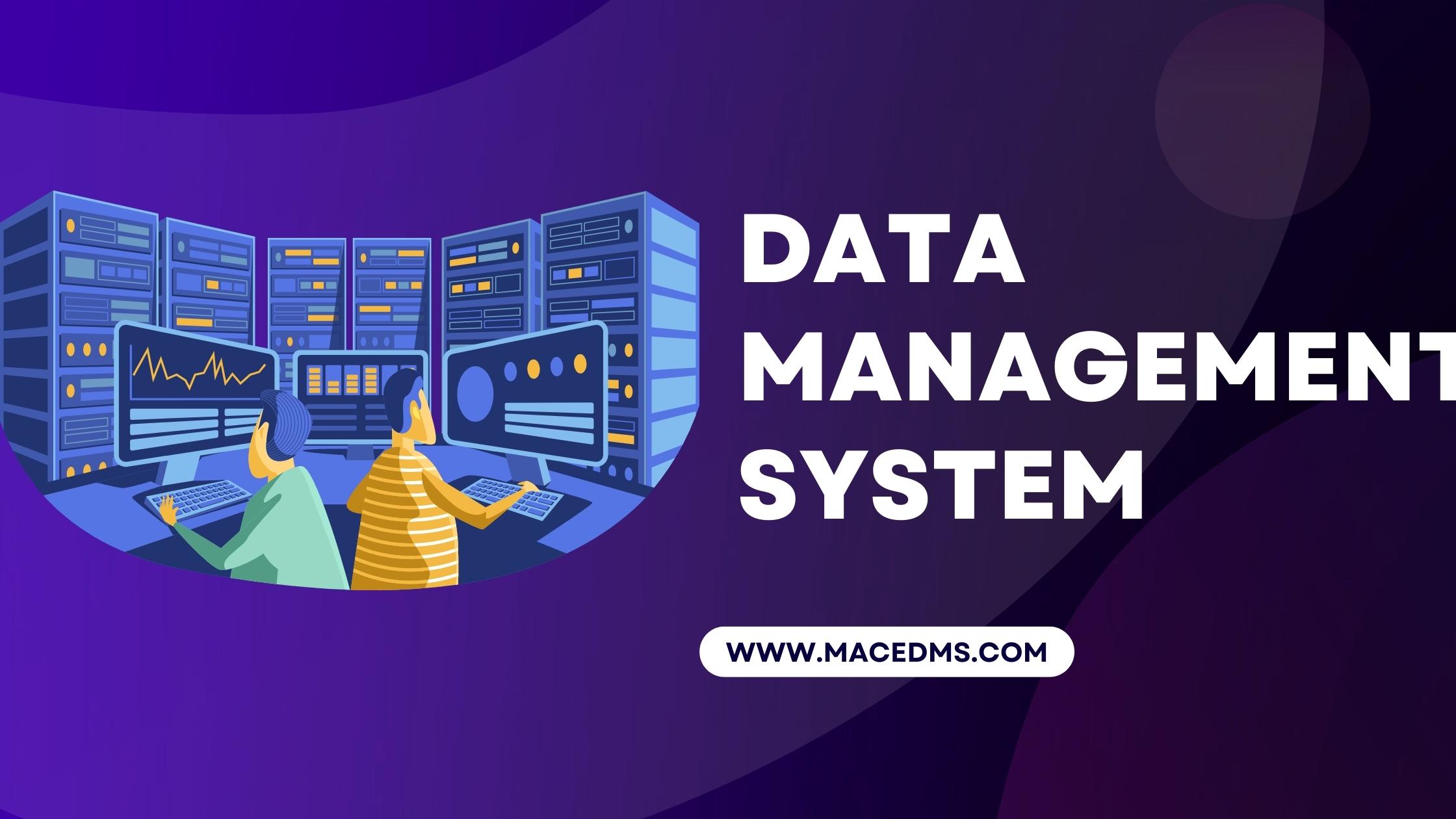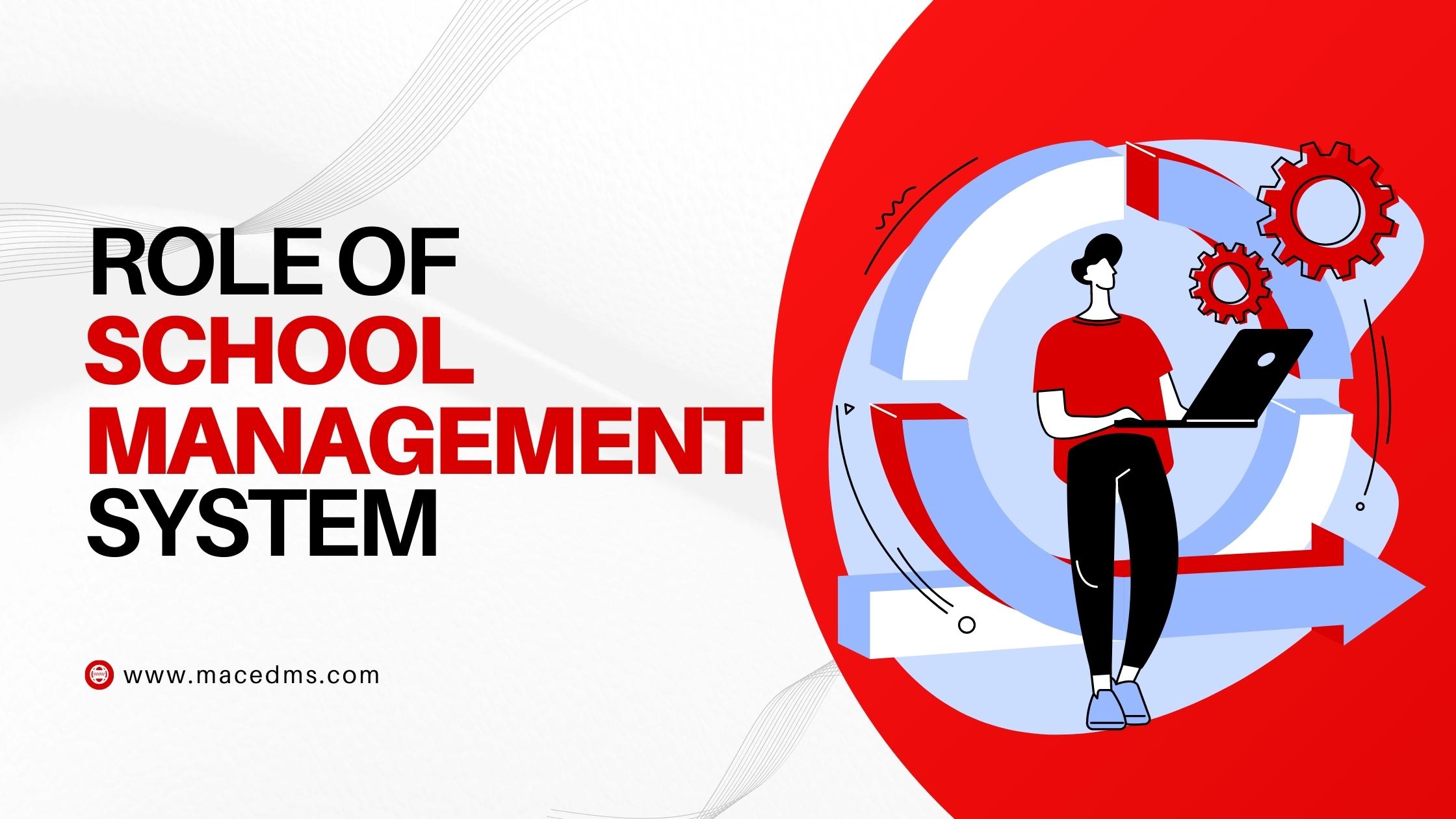

Impact of Covid-19 on Educational sector
Amidst the global pandemic of covid-19 in 2020 the educational sector was greatly impacted. Covid 19 brought various changes to the world. This spread of the virus was everywhere which resulted in the closure of Educational Institutes and businesses. Education is an imperial part of Country’s welfare and individual growth. The pandemic had an undeniable effect on the educational sector with about 32 crore students denied education. It was moreover considered as a national crisis which led to increased rates of unemployment.
Covid-19 interference led to an increase in the technological outlook of the country. The usual classroom teaching style was put to pause. By using advancements in sectors like technology schools tried to complete their curriculum but due to the lack of infrastructure the productivity rate and output did suffer. The virtual mode of education was not accessible to all. The global internet research has stated that only 24% households had stable internet connection throughout the lockdown. Various remote areas received no connection and thus remained unreachable. Due to increased unemployment the fall rate of poverty was about 8% of GDP. To overcome the thrashing scenario various measures were taken by the Government. The education crisis was a matter of concern due to which the Education ministry established the teaching aids for educational growth.
Impact of Covid-19 on school education in India was like a massive transformation that demanded quality education. With the implementation of National education policy 2020 the transition of students in teachers to online teaching learning platforms was sustainable. The digital adaptation of school education was built with a strategic approach to lessen the learning losses due to the scenario. Various industry heads, service providers and policy makers joined hands to create a platform for road to recovery of schools post the pandemic. The government took initiative thinking about various challenges in the path to optimisation:
- Rate of decline in learning outcomes and well being ratio
- Integration and adaptation of digital based learning
- Dropout rate during pandemic and post pandemic
- Capability and role of teachers
- Sustainability of school development
The provision of national education policy 2020 was based upon these five themes. Based on the derivation of best practices across the globe there were 13 recommendations made to lead a path towards quality relationship between student and educators. Various solutions were brought to bridge the learning gap between the curriculum and sustainability of schools. For a holistic education system in a country the overall development of students must be considered. Various steps were implemented to ensure that the residence system has the ability to overcome challenges and ensure recovery.
The most common medium for imparting education during the difficult times of covid-19 was digital learning. It is that type of learning process that is performed using technology and instructional practice based upon a wide spectrum of applications for virtual learning. Digital learning process is really very important to ensure that students get resourceful knowledge for uplifting their career. The platform increases the access to education and knowledge while encouraging the students to enhance their capabilities by building a strong mindset. With various interactive and adaptive software management system it gets easy to establish a proper learning environment. Now students can learn in their own style by making them accountable for the acquisition of knowledge. Before Covid 19 digital platforms were considered as a source of entertainment and information geographically but in the difficult Times electronic media platforms came to the rescue. Digital learning for students can act as an escape from traditional methods and processes of learning in school. It has the students in increasing the power of critical thinking and growing their reasoning skills effectively. With various technology advancements it gets easy for the students to empower the productivity and developed confidence of learning new things at ease. Digital learning in school helps in optimum utilisation of all the resources available. The only sense of concern in my life for the students in digital learning is cyber safety. With various implementations safety can be looked after.
Types of digital learning platforms prevailing in the educational sector
- Home schooling: An online schooling medium which is not that popular in India. Home schooling is legally accepted in India but is always considered as a less explored option. Home schooling is mostly accepted in cases where parents want to teach their child at home in a free environment. They tend to benefit from the features of this platform.
- Online medium for learning management: In today’s advancing World online education is considered as the new path leading towards development. During the pandemic distance learning came to the rescue. With technological advancements there are many features and apps that help in online impartation of education. Education system in India has flourished significantly even during Covid 19 because of the online initiative and spirit instilled for better innovation. The method is efficient in both human and physical aspects. It helps in balancing the imbalances and promotes a paperless administration system effectively. Even in the remote areas with proper flow chain education is provided.
- Online learning apps: Online learning apps that not only focuses on school going education but also caters the path for competitive exams. Platforms like Byju’s, Khan academy, Vedantu, Unacademy etc are sources of knowledge without any human intervention . Though the courses cannot be availed for free in all these apps. There is a facility for free trial and provision of scholarship programs for students from classes 4 to 12. The app provides real time reports and one can get one-on -one guidance from experts for easy doubt resolution. They provide good support for various competitive exams like IIT, NEET, Bank, CAT, GMAT etc. And are considered to have a huge video library and acts as a not for profit platform. Through such digital learning platforms the formal learning is processed and more focused strain is put upon the experience learning.
India has witnessed revolution by education apps in the last 2 years. With choices that technology manifolds in front of students it gets easy to create a demanding environment for education. During the times of pandemic virtual classrooms, learning communities, interactive video conferencing tutoring and self learning portals came to rescue. The biggest revolution in the education system in India may be considered as the shift towards digital learning. With the help of Internet and smartphone apps it is easy to learn and grow without hindrances and barriers. People are in charge of their own learning capabilities and with better technology displays it is easy to carry revolution at any place. To create a more established education system with powerful real processes it is essential to adapt to the change.
Coronavirus deeply affected the education system in the world, the challenge of distance learning was faced in various developing countries. To deal with the impact on face to face education of traditional approaches, various strategies were designed to enhance virtual class infrastructure. UNESCO launched various distance learning practices to reach students who are at most risk of not receiving education. Covid-19 not only affected the overall economy but resulted in stress among the population, poor cash flow, losses in business, mental and physical health deterioration. School closures and implementation of distance learning led to the lack of learning motivation among the students and also affected the monetary conditions. Due to the pandemic where schools were not able to pay their teachers with full salary and parents struggled to pay the fees. The difficult scenario greatly affected poor families since they don’t have access to the digital equipment at home. And all their savings was put forward for the daily lifestyle. Even the teachers struggled with the digital interface and faced hurdles to gain familiarity with online teaching platforms.
The shift towards online education had a serious impact on the assessment and evaluation of students. The challenge of assessing students’ performance online was difficult as practical skills and competencies cannot be evaluated online. With rapid transition and efficient software management systems schools gradually started to take examinations. The softwares held in optimum utilisation of resources and generates true and fair reports about student performance.
Various digital learning management systems such as Google classroom, mac classroom, zoom Google meet and Cisco WebEx were used to enable a good learning environment. Free online learning resources distance learning provided opportunities for students and teachers to enhance their knowledge. The virtual class platforms provided a real time interaction basis between the teachers and students. Based upon the capability of the government, different countries used different distance learning methods to continue the mode of education with a combination of broadcast and online learning.
Impact of covid-19 on school education in India was considerably good in the longer run. Now India has adopted the modern technology of education and created a flexible environment for facing the challenges pertaining to the educational system. Covid-19 is a disease that affects the educational system of developing and developed countries as education is the pillar of every country’s development. India gracefully accepted the challenge and took measures to scale the resources by developing infrastructural technologies. Post covid India has skilled the learning methods and device strategies to recover The lost proportions of students supporting education. India being a developing country did face high impact at the beginning. Though with optimum utilisation and scalability they were able to face the challenge. It is to be considered that every developing country should scale its online teaching and learning infrastructure for the future.
Education in India has improved remarkably. With proper restructuring and formulated strategies Indian education can strive to make a better society. With the vision to enhance the quality of education India has formulated various policies and decisions regarding the ministry of Education. With the change in vision the country aims at breaking the barriers and thriving towards economic development. The education system is a rightful Outlook for real life situations. Thus with practical and technical adaptation Indian education system can provide valuable knowledge to improvise the channelisation of education. The idea of Digital India is the new normal for every citizen of the Country. With constant adaptation of modern technologies and efficient utilisation of resources India is striving towards a revolutionised India. Towards a Digitally functioned community striving for growth and development.









